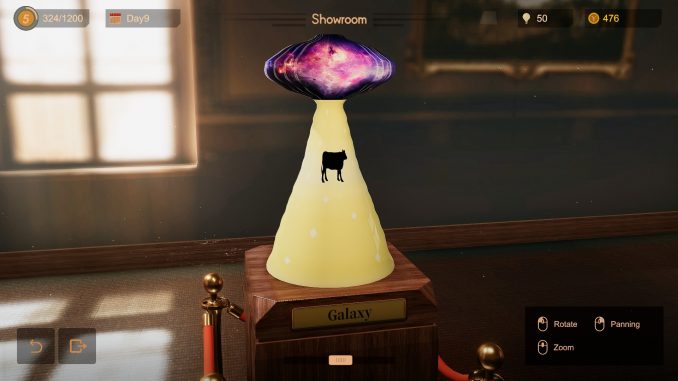
Initial Observations
Testing Methods
Most of these mechanics were tested using the “Pure” style in-game. Testing within each style is not complete, though it seems the grading (especially shape and paint) apply to all styles.
Even within a grade, each work has it’s own hidden score. You can see hints of this by looking at the maximum “Hotness” of a work, or though it’s difficulty % in the apprentice program.
Shaping
Any changes to your clay add to the final score, the final shape has next to no impact.
This means that the longer you spend “working” the clay, the higher your ending score, regardless of what that work actually entails.
Final Size – No
Final Shape – No
Different shaping tools used – Minor, if any
Number of alterations – Yes
Total impact on Grade: 2/5
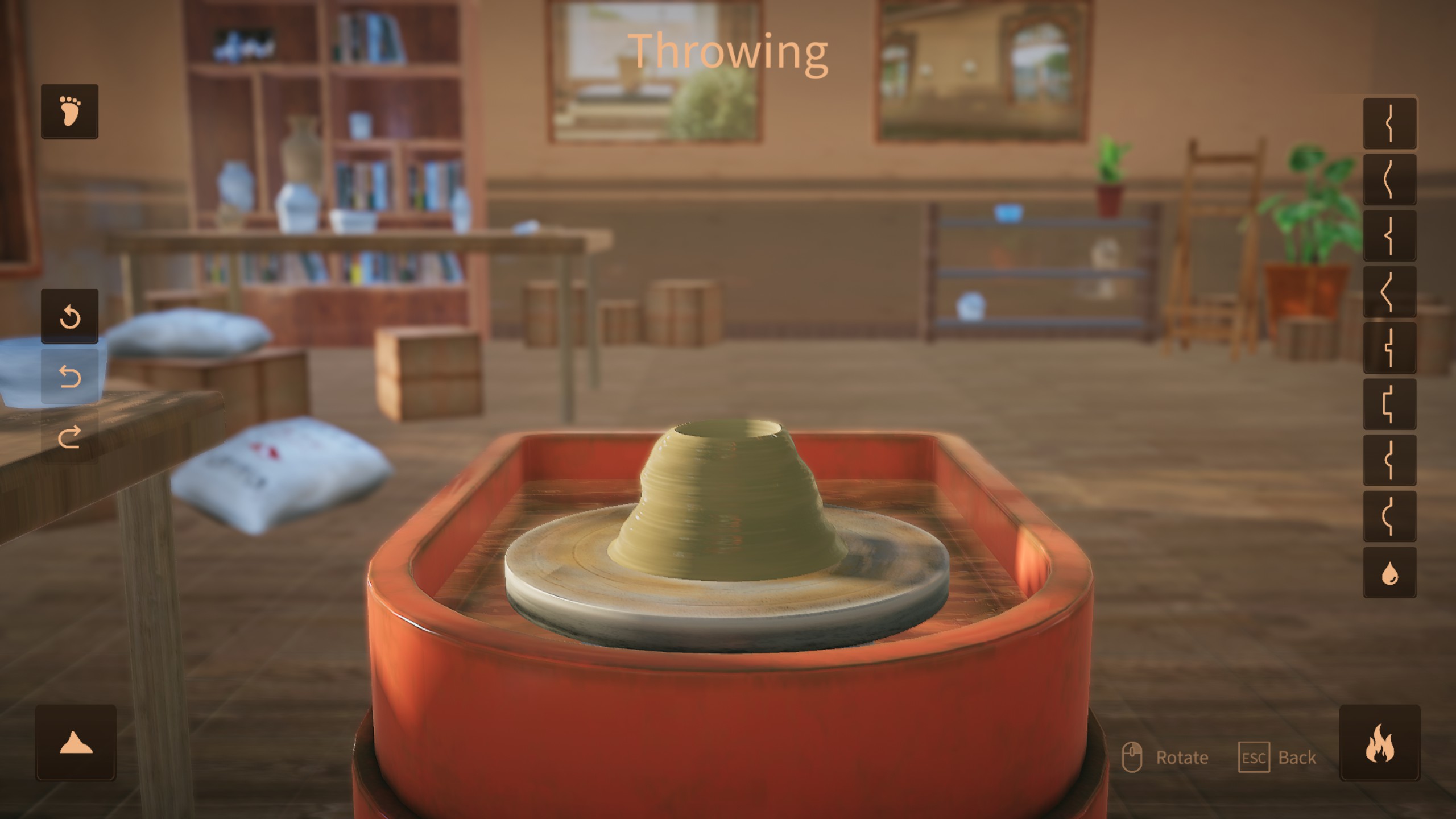
Clay Type / Color
Using the unlocked (and more expensive) colors adds to your final score. Late game, this will be more important than any shaping you do.
Total impact on Grade: 4/5
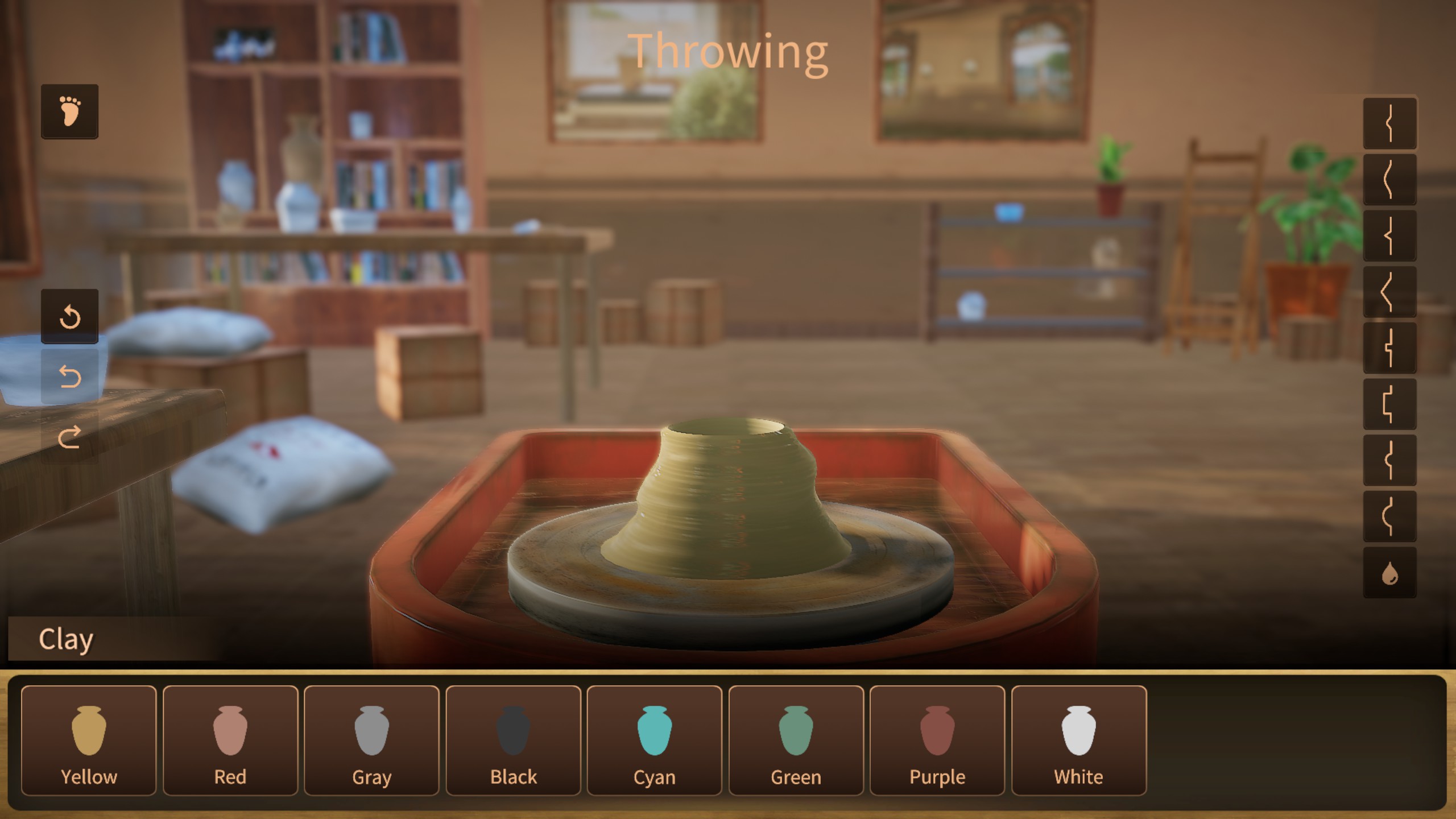
Parts
Any added parts will increase your final score, but they must not be placed in the same location. No spamming the copy tool to add parts! A single part does very little, you will need to fill your part limit to have any real impact.
Part Variety – Minor
Total Number – Yes
Part Spacing – Yes
Total impact on Grade: 3/5
Smoothness and Firing
I only did basic testing on smoothing and firing. All your pottery should be fully smoothed and each of the 3 firing stages should have the flame icon fully filled. The only exception is if you are intentionally creating a lower work of art for your apprentices to practice on.
The scoring impact is severe. Making minor mistakes will still allow high quality works, but you will struggle creating anything S grade or higher.
Total impact on Grade: 5/5
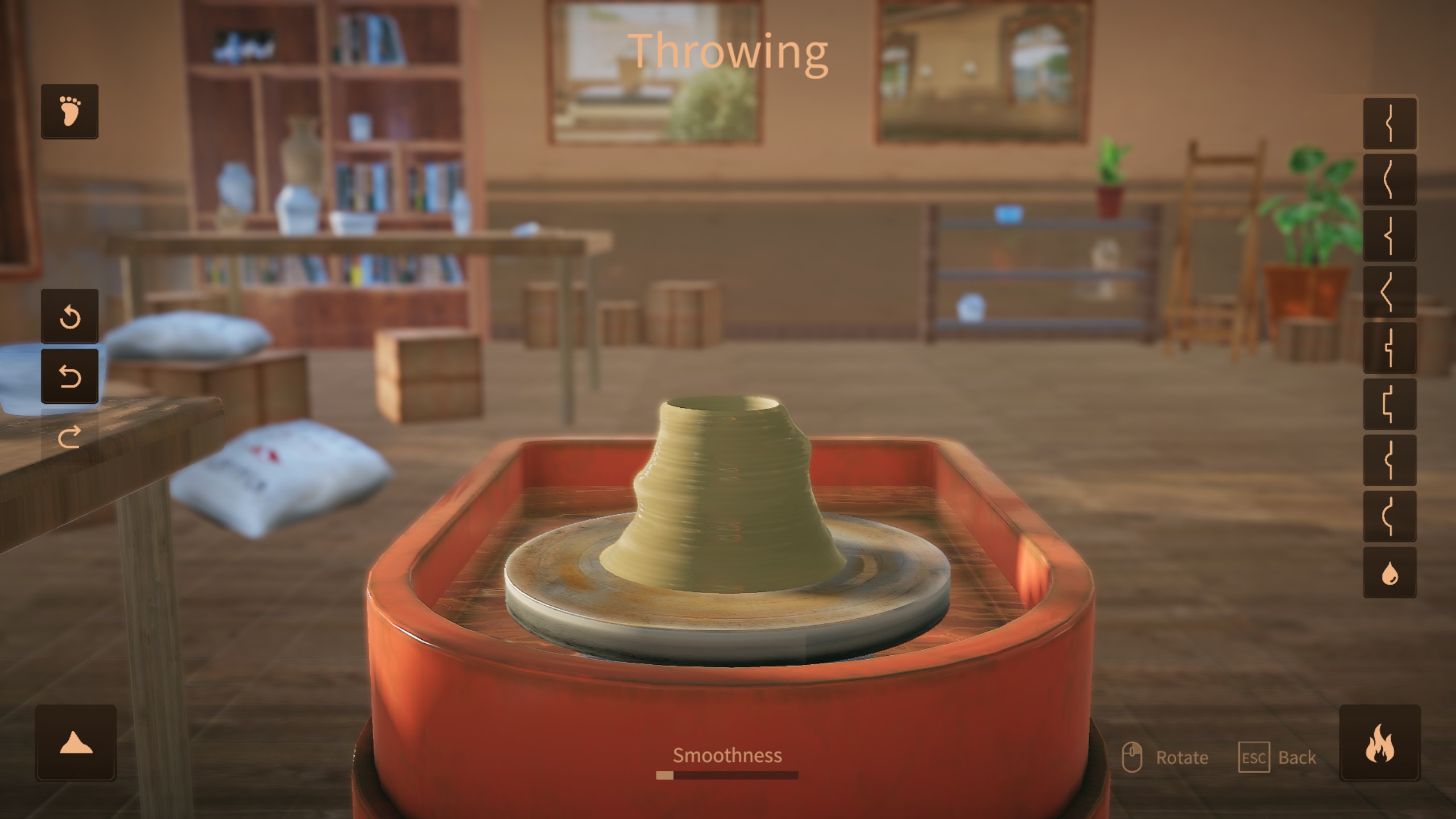
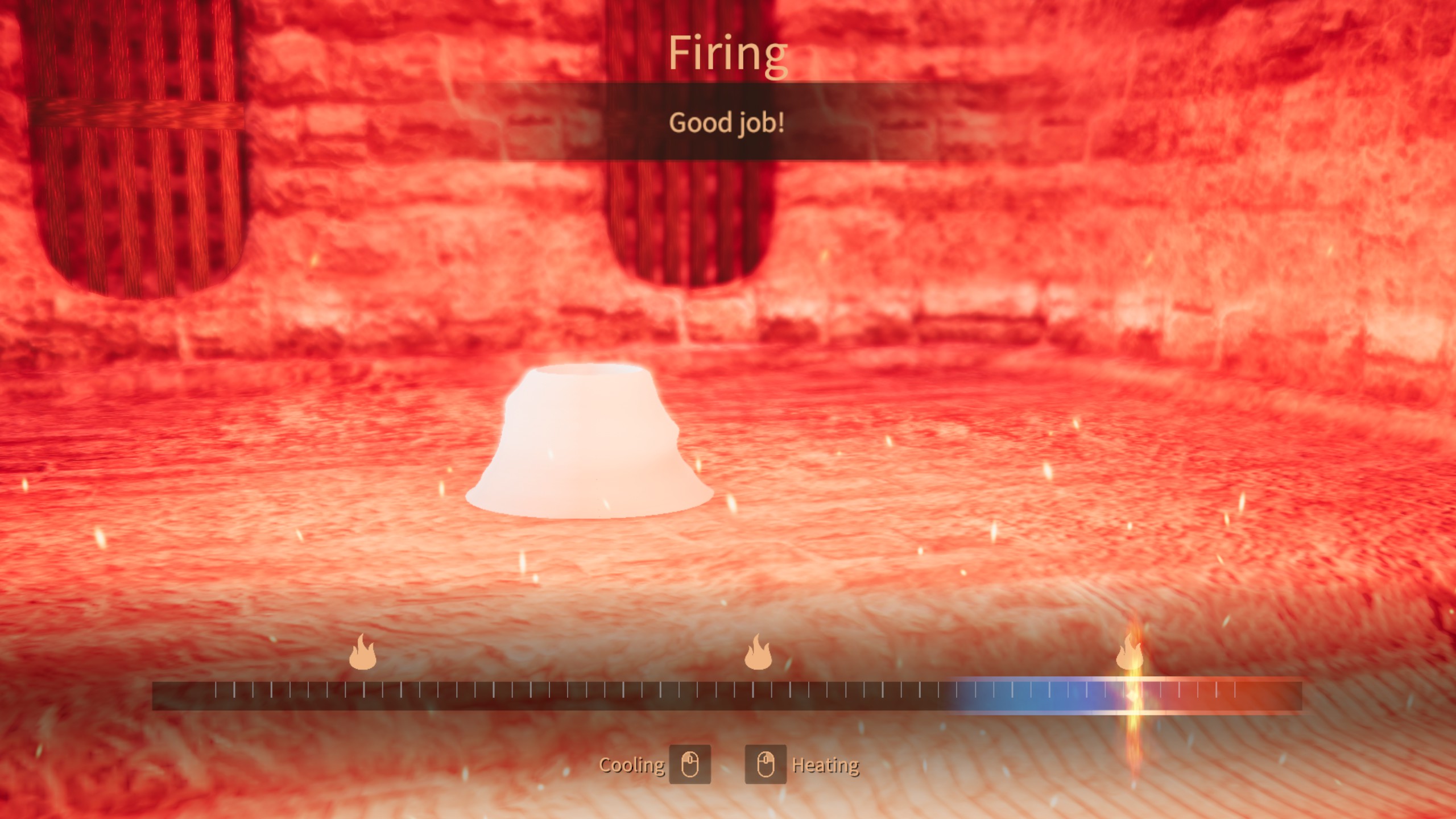
Painting
Each brush stroke adds to your final score. Not only does final appearance has little to no effect, you can actually erase your paint and still get credit for the previous brush strokes. This is very similar to the Shaping scoring.
Final Appearance – No
Color Density – No
Number of colors used – Minor
Number of brush strokes – Yes
Total impact on Grade: 2/5
Glaze
Using the unlocked (and more expensive) glazes adds to your final score. For most of your works, this will be more important than any painting you do.
Total Impact on Score: 4/5
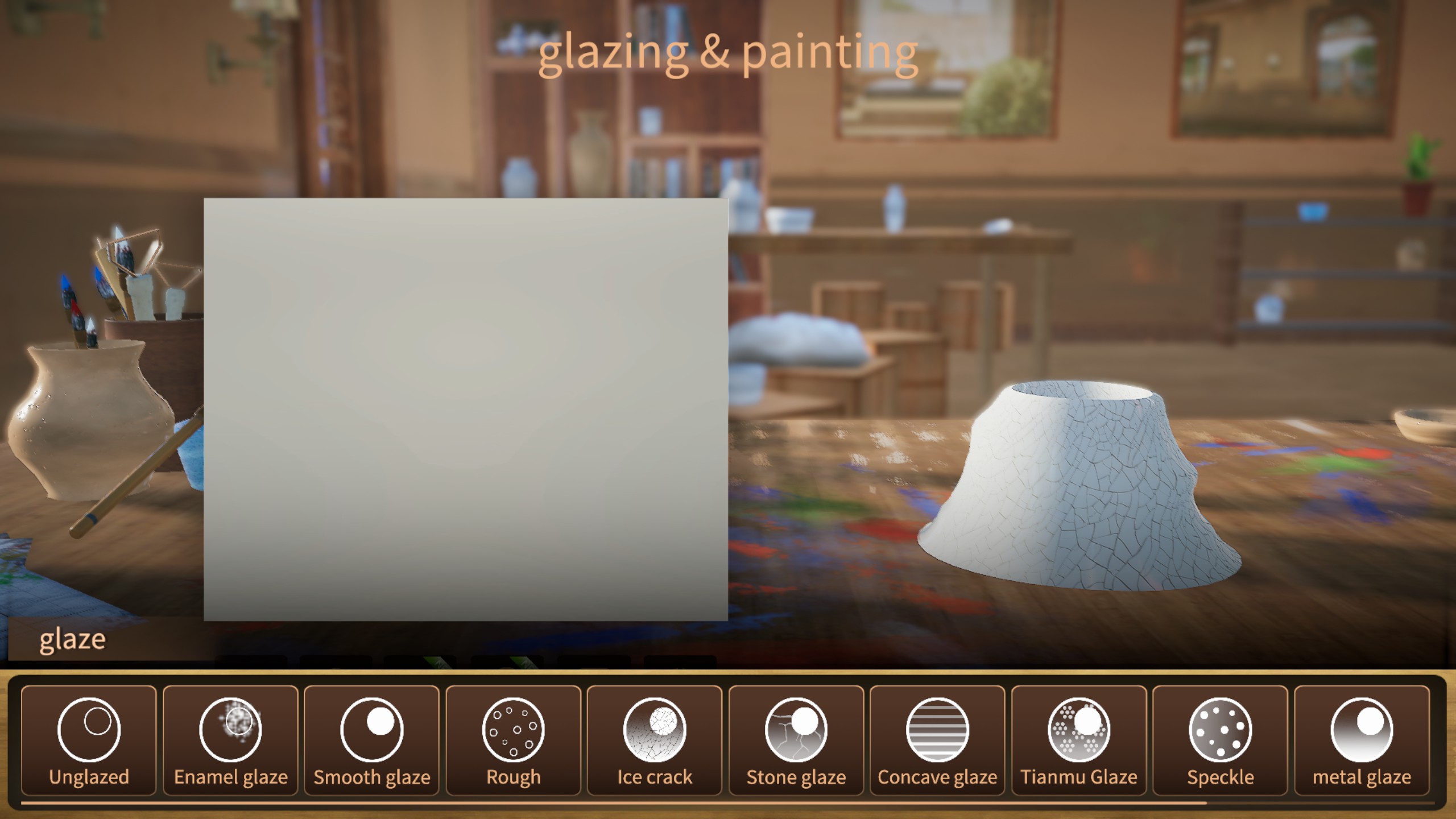
Patterns
Each continuous or single pattern adds to your final score. The category as indicated at the bottom will also determine which “style” your work is considered. Make sure you use a majority of a single category to retain that style. Unique patters and expensive patterns that are unlocked later in the game add more than your starting patterns.
Pattern Cost/Unlock Day – Yes
Pattern Variety – Yes
Total Number of Patterns – Minor
Total Impact on Score: 3/5
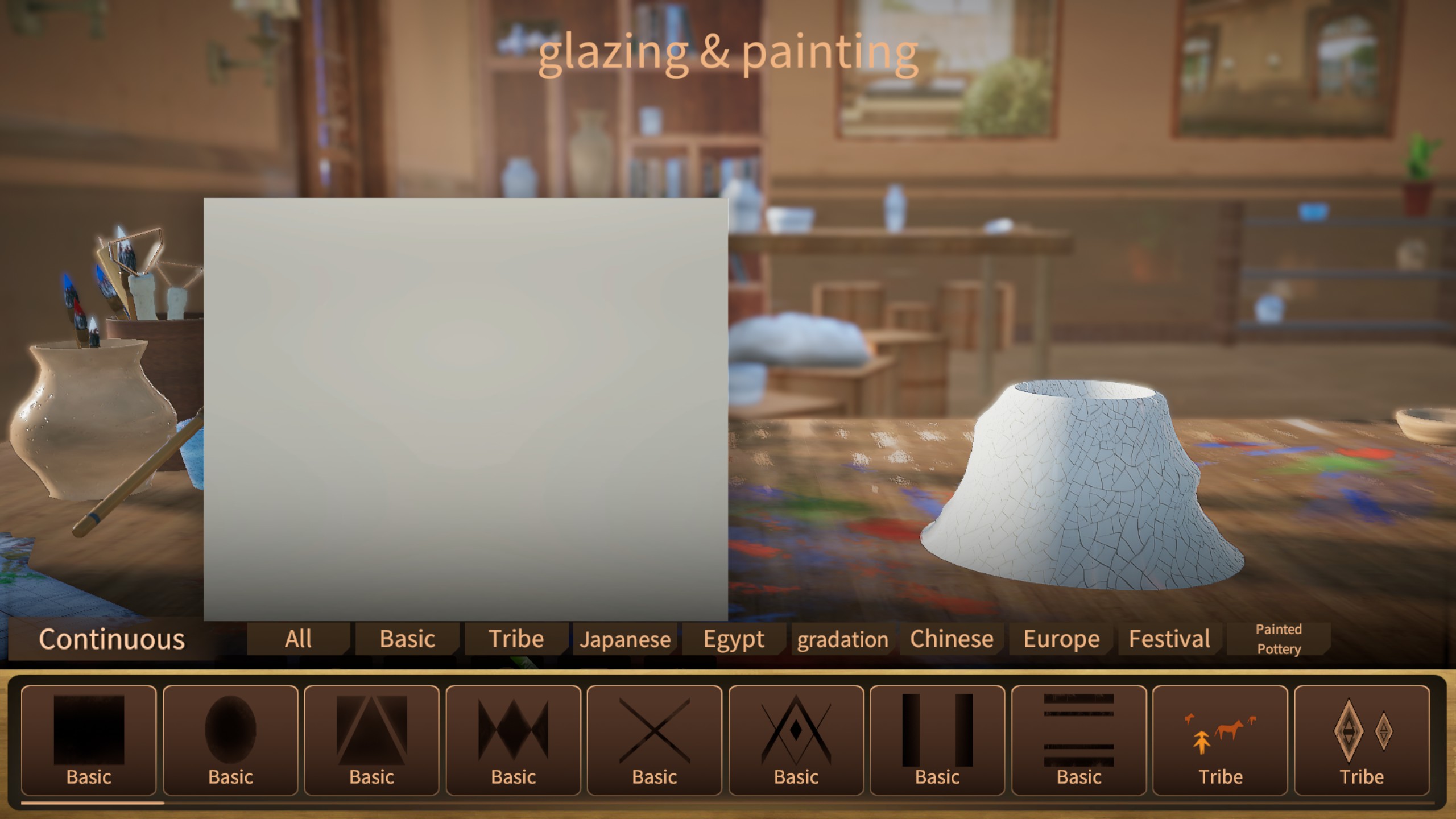
Some Examples
To establish some real numbers I’m going to use a single part for measurement.
1 part = 1 part point (simply points from now on)
3. parts = 30 points
White clay is worth >30 points, I suspect somewhere around 50~60 points
Enamel glaze is worth roughly 30 points
Ice Crack glaze is >30 points, I suspect around 50 points
A shaping stroke is = 1 point, and there appears to be diminishing returns around 25 points
Several strokes of paint is = 1 point, and there appears to be diminishing returns around 20 points
The first pattern is worth 20 point, but additional patterns add much less, with diminishing returns at around 40 points
A rough estimate for grading of:
Grade A >30 points
Grade S >50 points
Grade SS >100 points
Grade SSS >150 points
Unanswered Questions
The differences in styles is still unknown.
What interactions are there between specific colors or parts? For example; complementary colors or style-matching colors? Flower themed parts and colors?
Is there a hard cap on what a stroke category can add? Is it possible to spend an hour creating many strokes and overpower something like a glaze?
I am of course excited to hear your own results, any feedback or input is welcome in the comments below!
TL:DR
In order of importance:
- Fully Smooth and “Prefect” fire your works
- Choose a expensive clay type
- Choose a expensive glaze
- Add a few unique patterns
- Add your maximum parts, making sure not to overlap
- Make many random shaping strokes to your wet clay, and only then create your final shape
- Either build your paint color with many small density strokes, or make many random strokes before erasing and choosing your final color
Not all of these steps are required for SSS!
This is all about Master Of Pottery – Pottery Grading / SSS Guide; I hope you enjoy reading the Guide! If you feel like we should add more information or we forget/mistake, please let us know via commenting below, and thanks! See you soon!
- All Master Of Pottery Posts List


Leave a Reply